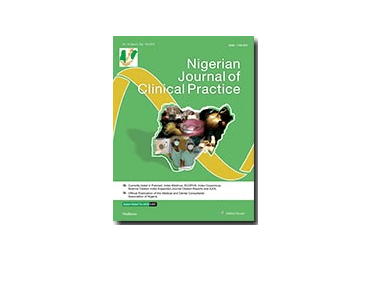An excellent navigation system and experience in craniomaxillofacial navigation surgery: a double-center study. Dai, J. et al.
Date: June 2016. Source: Scientific Reports 6, 28242; doi: 10.1038/srep28242. Abstract: Numerous problems regarding craniomaxillofacial navigation surgery are not well understood. In this study, we performed a double-center clinical study to quantitatively evaluate the characteristics of our navigation system and experience in craniomaxillofacial navigation surgery. Fifty-six patients with craniomaxillofacial disease were included and randomly divided…







